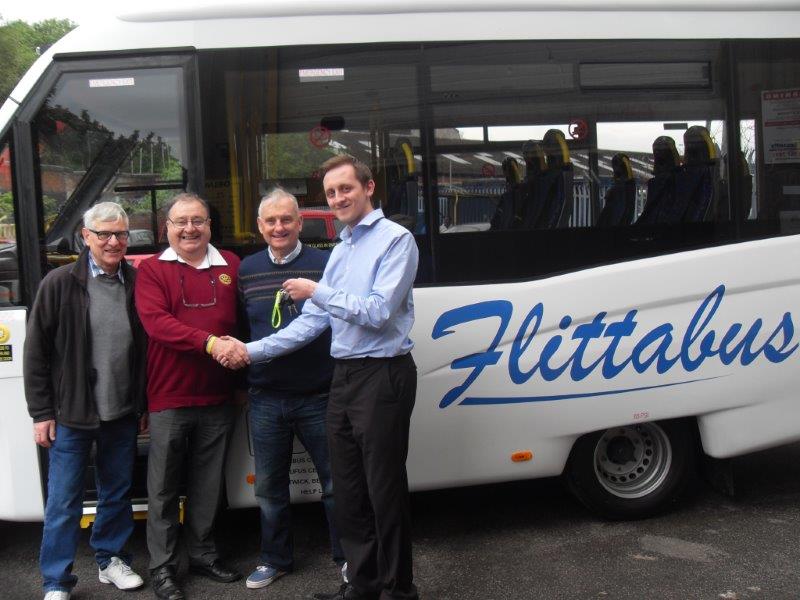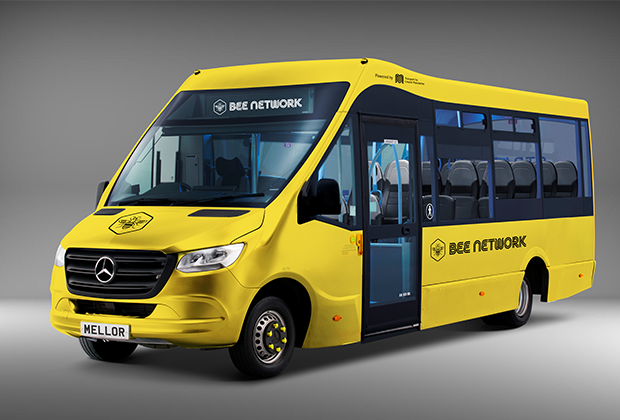 December 9, 2015
December 9, 2015
How low-emission accessible vehicles are benefiting local communities

Lets face it, we’re still years away before vehicle emissions are on the right side of acceptable for human and environmental health. But where accessible vehicles are concerned, things aren’t looking so gloomy.
The Euro 6 emissions standard was introduced in September this year and this sees wheelchair accessible vehicles (WAVs) built from this date with a diesel engine having to meet new emission standards that reduce harmful exhaust fumes such as nitrogen oxide significantly.
This standard is important because nitrogen oxide levels in petrol accessible vehicles have reduced by around 96% since catalytic converters were introduced in 2012, while nitrogen oxide levels in diesel accessible vehicles have remained the same for a decade. This causes much of the air pollution that local communities in rural areas experience, and Euro 6 is a direct solution to this. And so with low-emission accessible vehicles now a reality, no matter their fuel type, local communities do not have to worry about the pollution that they cause.
Suffice to say, accessible vehicles have moved on. And that’s great news, because accessible vehicles can now go about providing transport solutions for people who do not have access to conventional modes of transport in a more environmentally-friendly way.
How low-emission accessible vehicles benefit communities
Wheelchair accessible vehicles are made by converting existing MPVs or vans. Low-emission accessible vehicles are preferred as opposed to less efficient accessible vehicles because not only do they benefit local communities with their service, but they are better for the environment too. In fact, most community transport firms and councils will now only invest in vehicles that meet strict emissions criteria – and that’s a good thing for everyone.
Regardless of their emissions, however, accessible vehicles all offer the same benefits to local communities, helping them in a number of different ways and playing a pivotal role in bettering the lives of the many human beings that live and work in rural areas.
Here’s four examples of this:
1. Transport for the elderly and the disabled
First of all, accessible vehicles provide a means of transport for the disabled and the elderly, who would otherwise not be able to get around. Accessible vehicles enable these people to be more mobile with increased physical activity. Age UK says that the public benefits for all older people when it comes to accessible vehicles are “significant”.
2. Tackling the issue of social exclusion, isolation and disadvantage
Secondly, accessible vehicles play an active role in addressing social exclusion and isolation and social disadvantage. CTA UK says that community transport adds value to people’s lives while “targeting social disadvantage”, and that such transport provides “safe, accessible and affordable” transport solutions that meet local community needs.
3. Accessible vehicles are versatile enough to be used for multiple purposes
Many accessible vehicles, such as the Orion, have fully configurable seating combinations which enables operators to alter the seating layout to adapt to the use of the vehicle. For example, Nottinghamshire County Council make dual use of their vehicles by collecting care centre customers from their homes and also, during the daytime lull, operate socially-necessary bus routes which had been previously dropped by commercial bus operators.
NCC’s Transport & Travel Services Fleet Operations Manager, Andy Frogg says, “The Orions have been really good. In the back, they have tip-and-fold seats to accommodate the wheelchairs, but a wheelchair can also come on at the front … working them like this means they do four times the mileage they were doing, but they are well up to the task and are turning in 22mpg to 23mpg.”
4. Accessible vehicles help to meet social goals such as job creation – while also meeting economic goals
Lastly, low-emission accessible vehicles contribute significantly to social enterprise. By this we mean they benefit businesses operating in local communities that use their trading activity to meet social goals, such as job creation and crucially, low-emission accessible vehicles like coaches and minibuses do this while also meeting local economic goals as well.
One such example is South Hampshire, who were awarded £17.3m by the Department for Transport (DfT) in June 2012 to improve local transport for communities, while also cutting carbon emissions by 10-20 percent. Reducing carbon emissions is an objective shared by all councils, and accessible vehicles that have low emissions are a key tool in this battle. In South Hampshire’s case, a total of 8,150 car journeys were replaced with other means of transport, including accessible vehicles from 2012 to 2013, helping to meet the targets set.







